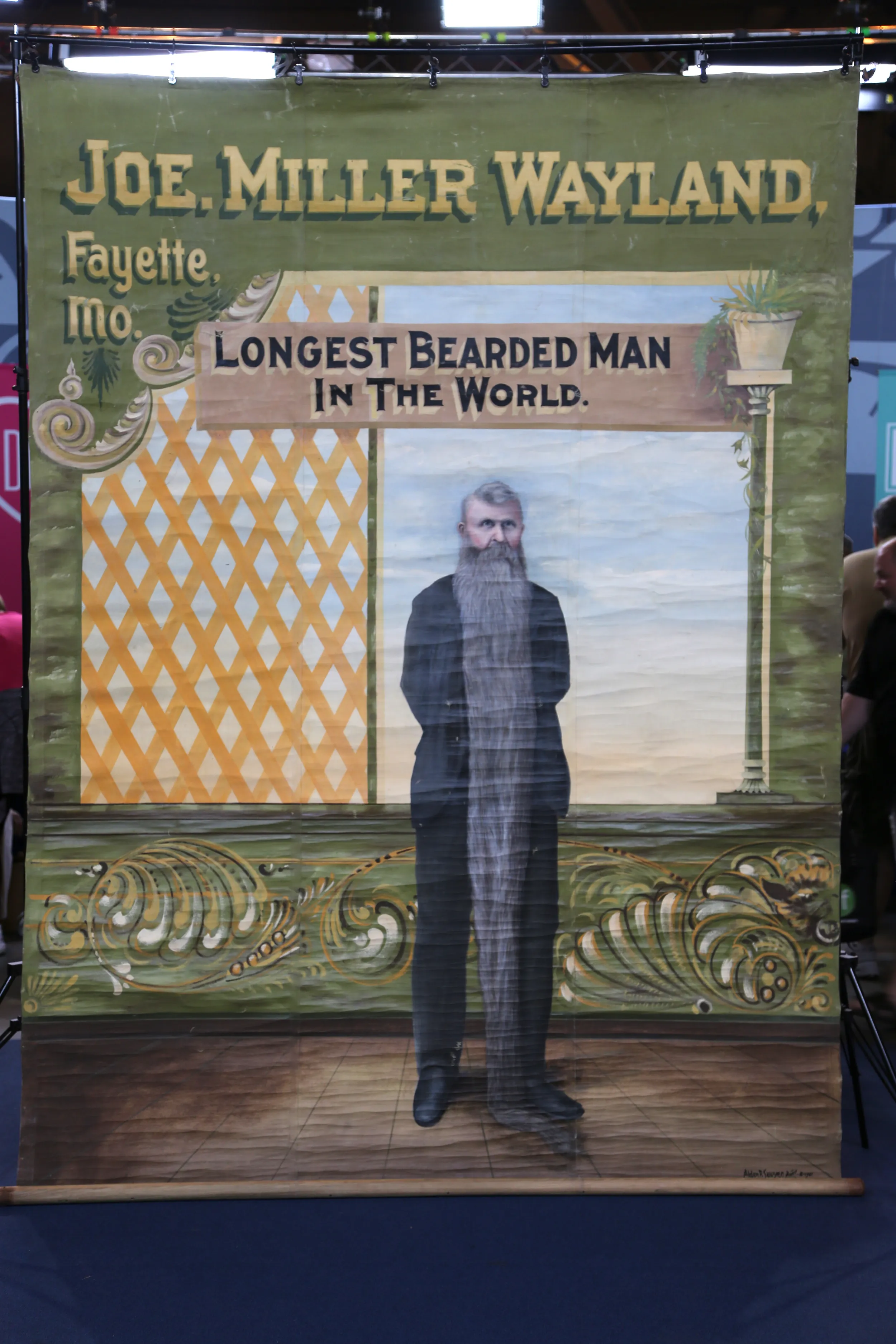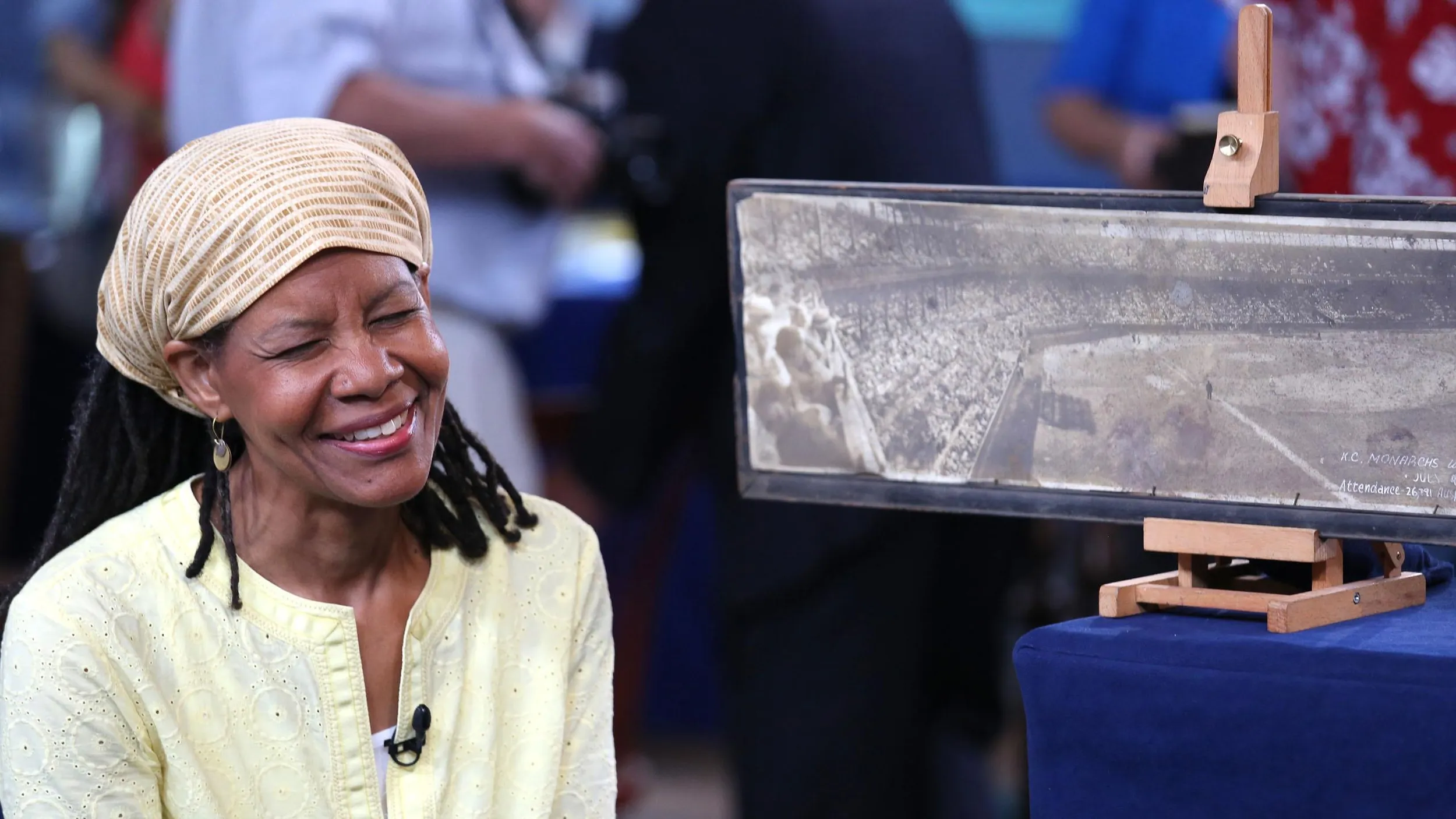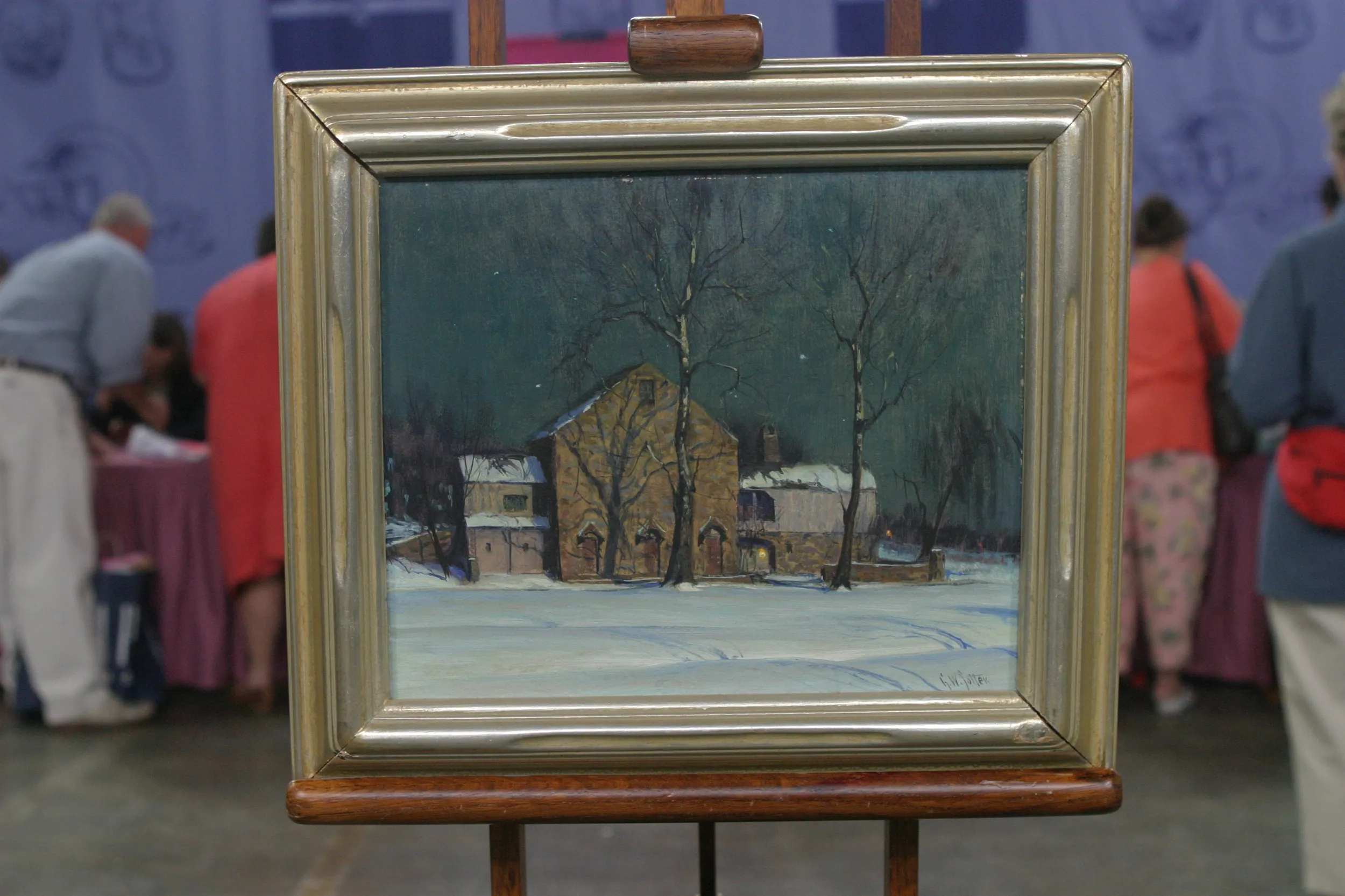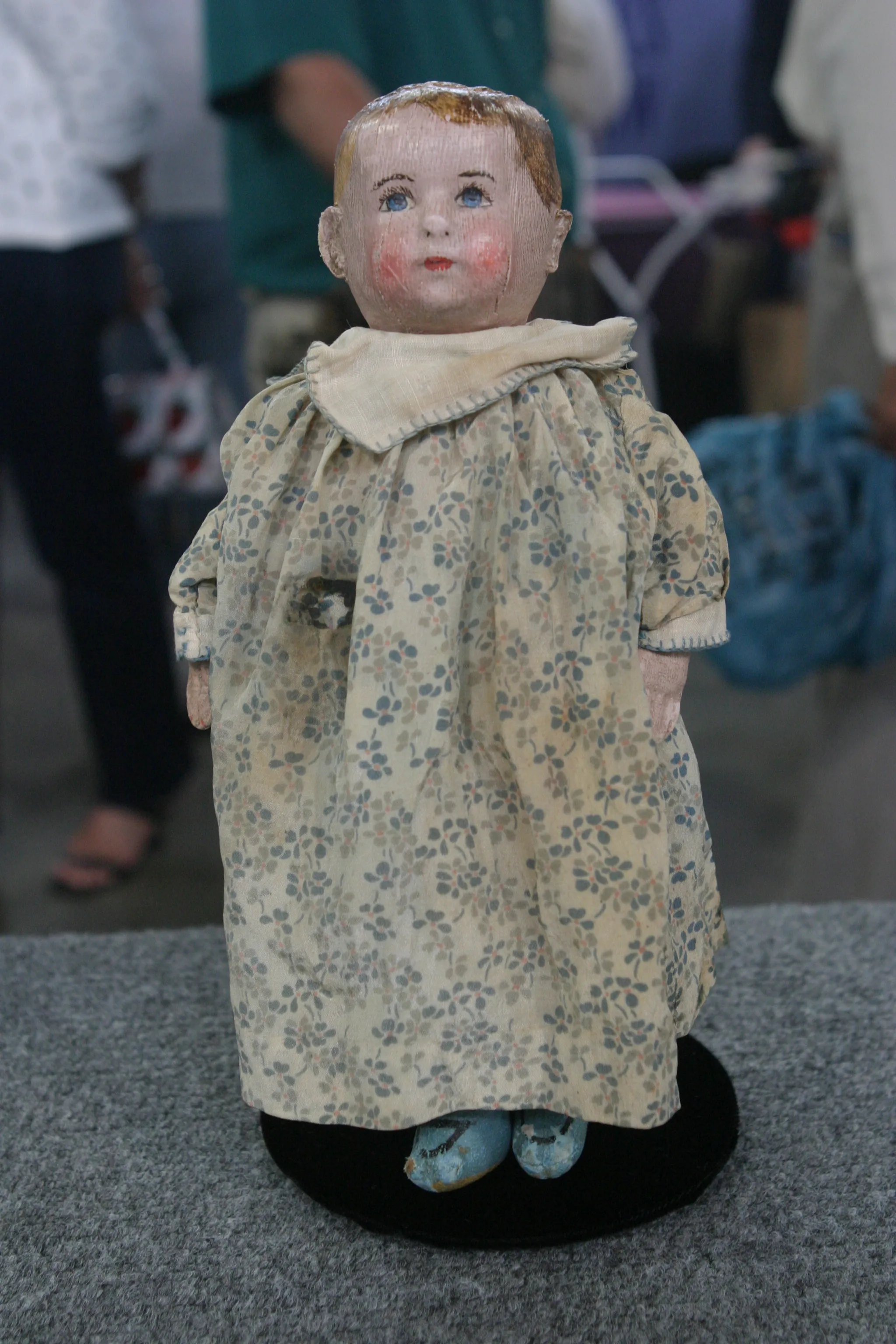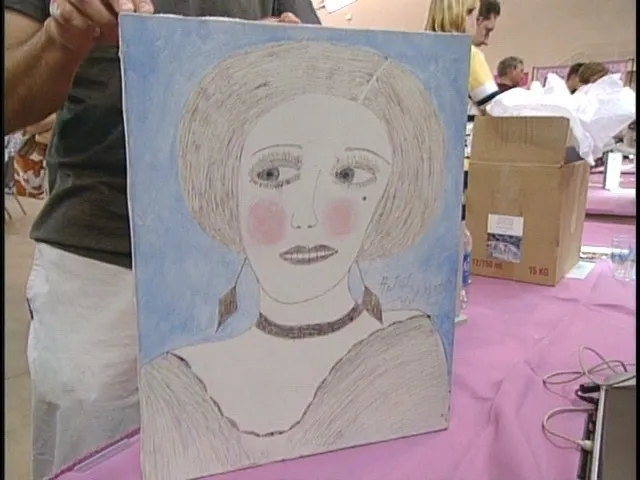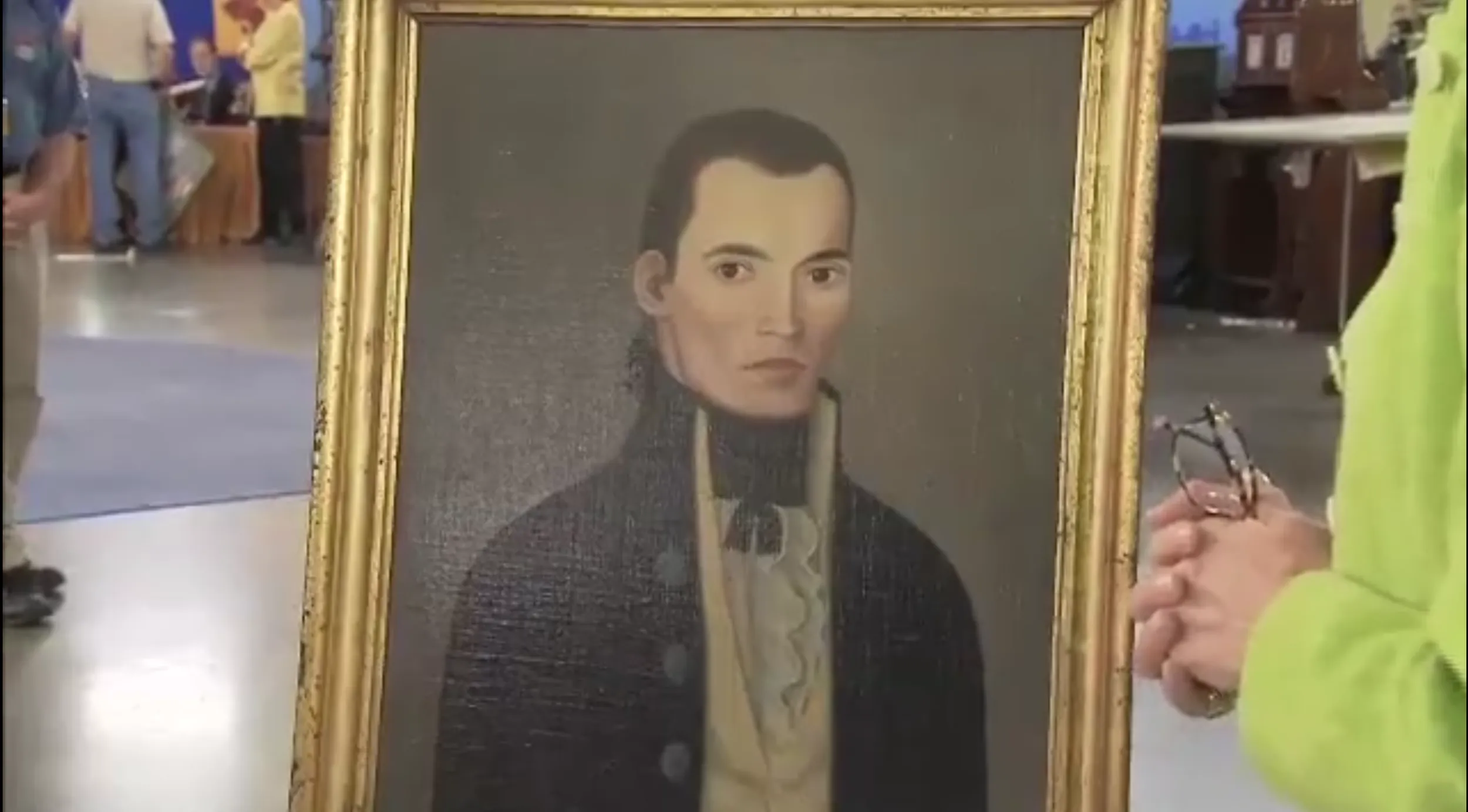GUEST: This is Miller Wayland, who is my great-great-great- grandfather, who had a booth at the 1904 World's Fair, where he sort of purported to have the longest beard in the world. So this has been sort of a family heirloom that's been passed down to his daughter, her daughter, and then to my grandma, who has passed it on to me.
APPRAISER: What's your earliest memory of looking at it?
GUEST: Honestly, probably just ten or so years ago. One day, my dad said, "Hey, check this out." He pulled it out and unrolled it.
APPRAISER: Anybody in the family ever talk about it, or...?
GUEST: No, my grandma has told stories about Miller, about how he, you know, would fold his beard up and then tuck it in the front pocket of his overalls as he was walking around and doing things, because obviously, it would get in the way, otherwise, so... But that's really the only story that I've heard outside of the fact that he had a booth at the 1904 World's Fair here.
APPRAISER: Got it-- I love it. It's on this really kind of generic, commercially available canvas you could've got at the hardware store. Artist signed it down here, 1901 from Greenville, and Alden P. Sawyer, not a name that I recognize-- I did a little search. Not a known artist. He probably engaged a local person, maybe a local sign painter or a local talented amateur painter. So, 1901, which means that he was preparing for the fair, possibly…
GUEST: Sure.
APPRAISER: …or maybe even used it in other venues. Was there ever talk of that?
GUEST: I had wondered that, once I saw that date of 1901, but, and it's not something that's ever been really discussed in my family, so I can't say that, certainly.
APPRAISER: Well, certainly, they would have announced the fair's coming well in advance. Now, technically, the 1904 fair was supposed to commemorate the 1803 Louisiana Purchase.
GUEST: Okay.
APPRAISER: These World's Fairs were, like, the entertainment of the time. People came from all over the world, all over the country, I think the St. Louis fair had about 19 million visitors. Famous people came. You had, I think, Teddy Roosevelt, Helen Keller, Geronimo was there.
GUEST: Okay.
APPRAISER: John Philip Sousa. Part of it was educational. You had, about 50 countries were represented, and they had their own booths and mini-cities, and all kinds of things. Then you had, at the time, there's, like, 45 states, about. Almost all of the states had some kind of booth or exhibit. But there was also a thing called the Pike. And on the Pike were these oddball things. Science-related things, entertainment things, booster things for the city. And that's probably what this is from.
GUEST: Okay.
APPRAISER: And you had to apply and get permission from the commission to get in, so he probably did all that and figured he'd be a little local celeb.
GUEST: Sure.
APPRAISER: It's cool. You inherited it, so you didn't pay anything for it.
GUEST: Yeah, of course not.
APPRAISER: So valuing this is tricky, but it's got a lot going for it. It's got a great folk art appeal. It also has a bit of a, kind of a circus atmosphere to it, very much in the same vein of a circus sideshow poster.
GUEST: Sure.
APPRAISER: All hand-painted. So all that wrapped into it, it's got a great presence, and plus, aren't beards in fashion these days?
GUEST: Yeah, I think they've come back.
APPRAISER: All that said, I think, realistically, at auction, we're looking at $2,000 to $3,000 item.
GUEST: Cool.
APPRAISER: It's really cool, and I appreciate you bringing it in.
GUEST: Cool, yeah, absolutely.

